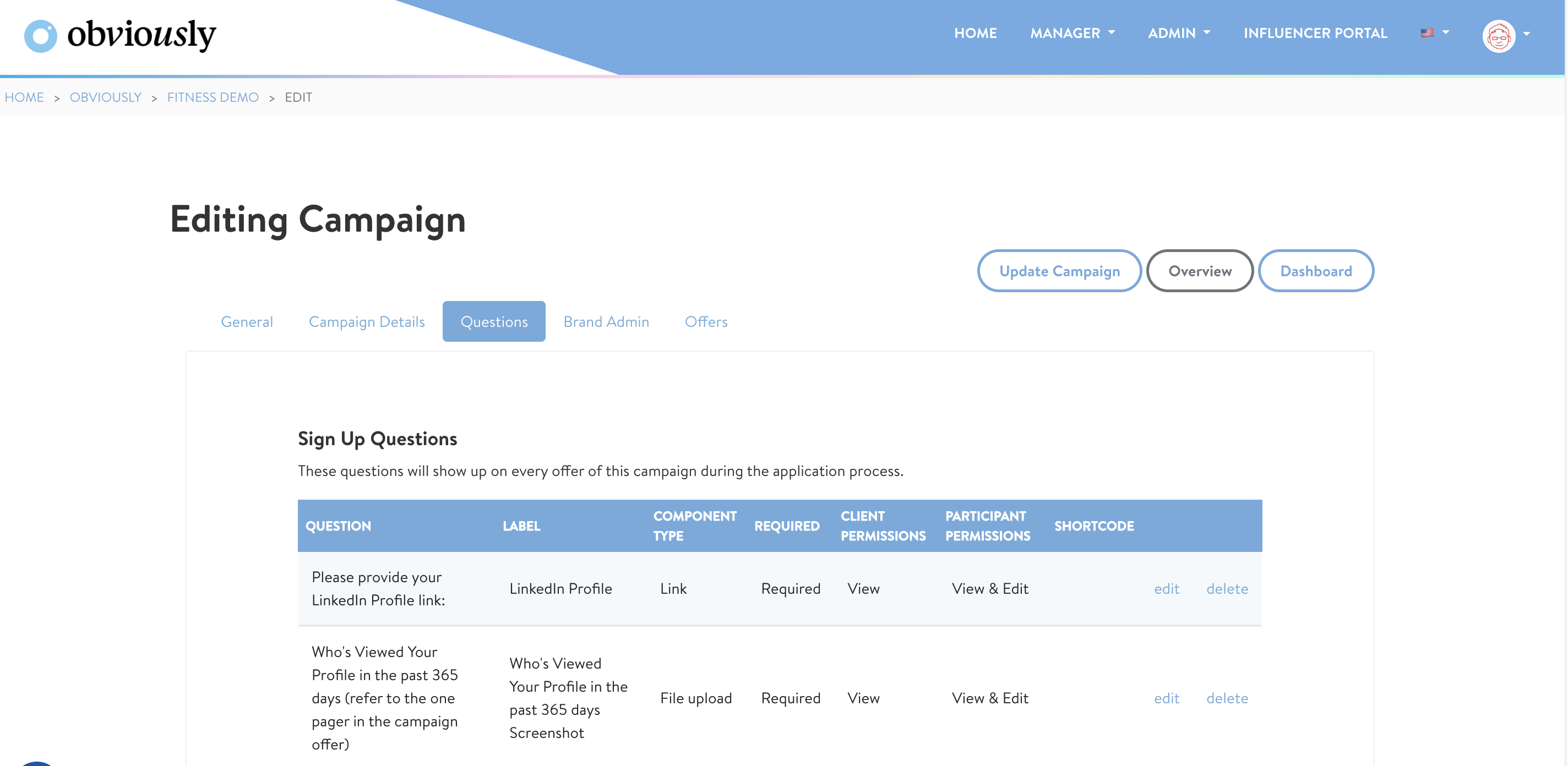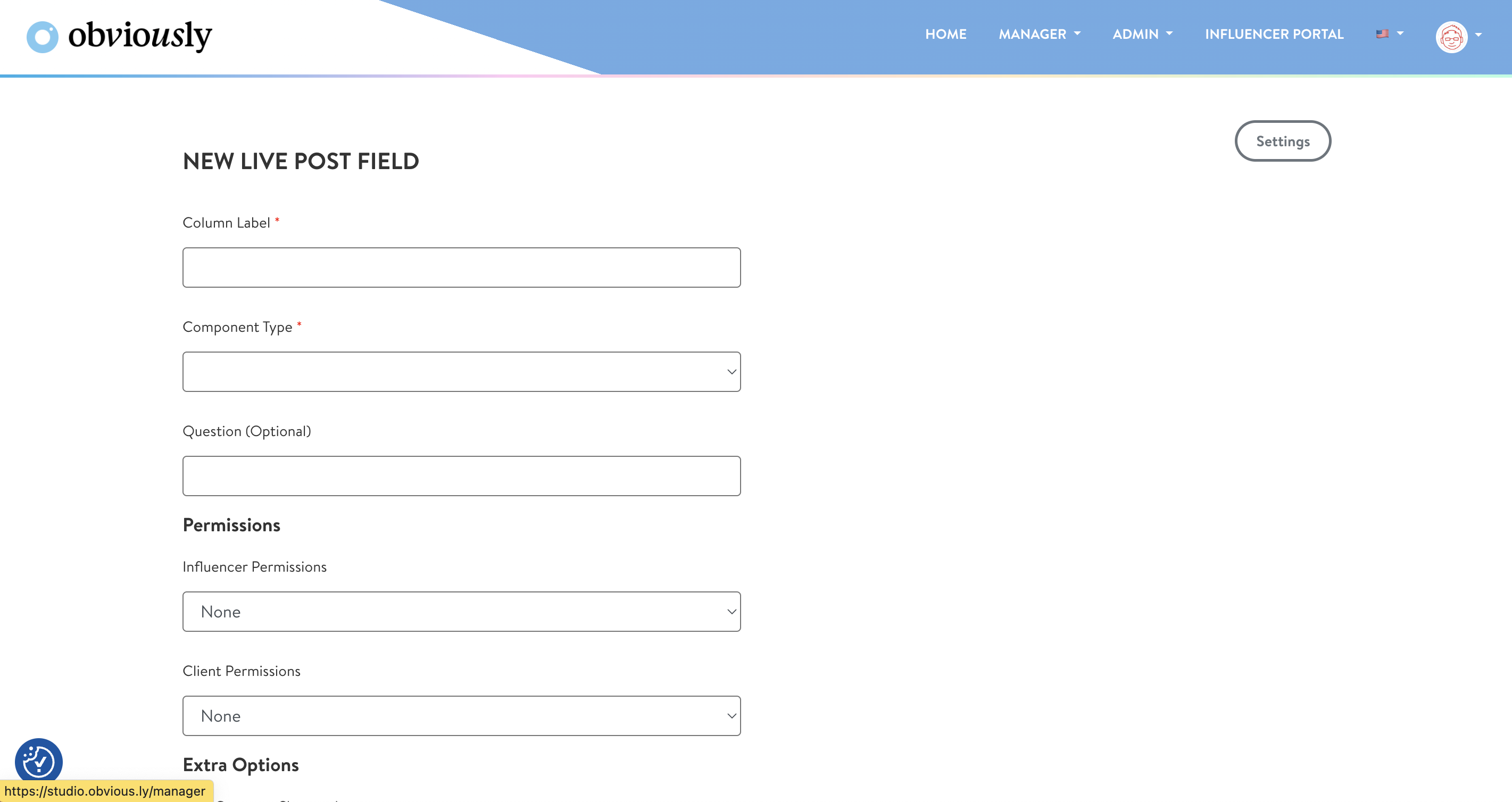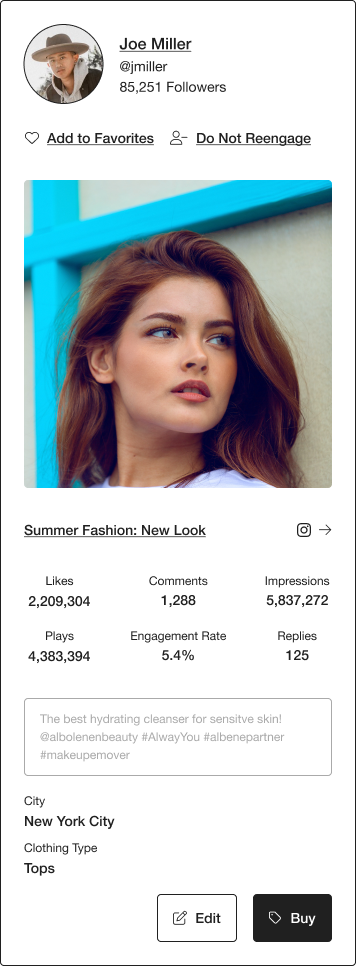Obviously #2
Flexibility into a Rigid System
I like this project because solved many business problems while avoiding things that businesses tend to have no appetite for.
Problems
- Campaigns were getting increasingly diverse and deviating from the standard campaign workflow.
- Team members were secretly resorting to spreadsheets to track all the unique aspects of the campaign.
- The software was built so rigidly that adding any new aspects to the workflow was slow and costly.
The selfish design solution would be to build a flexible modular architecture that could scale infinitely into whatever the client wanted. But the cost and risk of that would be unacceptable to the business.

Solution
Enter "attributes." At the heart of every software is the data structure. Which means every concept or object in the system is a glorified table with columns and rows. By building a simple UI for users to effectively just add a column for any given object in a campaign, we unlocked a magnitude of flexibility without corrupting the underlying functionality.
Each attribute is composed of a few elements:
- A name
- A label that the end user would see
- The component type (this could be a simple text box, a dropdown or even a media uploader)
- Permissions of who could view or edit this attribute
- A "short code", this code could be recognized by the system anywhere and output the value e.g. #payment# would render your payment.
Outcomes Examples
MVP: Eliminate 3rd-Party Vendors
The first MVP was to add attributes to the "campaign application process." This was powerful as we could eliminate the use of SurveyMonkey while integrating the survey directly into the campaign itself. We could now directly ask the creators about their preferences and needs to be hired.
This was immediately extended into asking creators for their concepts for consideration. Clients found this so appealing that this is now standard practice within the campaign flow. Both capabilities were unlocked by just adding this attribute concept to one object in the system without major refactoring of anything technological.
Scaling 100x in Volume
As we added attributes to each object in the system, this unlocked new categories of services we could sell and scale up.
When we added attributes to the hired creators themselves, we could now track specific creative briefs per user and not just per campaign. This means it was trivial to scale up from tens of pieces of content to thousands of pieces of content per user. An example is before we could request videos about travel tips from our creators. But with attributes, we could assign every creator a city and a topic (two attributes), and the system could filter and sort track travel tip videos down to "The Bronx Zoo in NYC."
Linear to Non-Linear
At the limits of attributes is unlocking more complex and non-linear workflows. As stated before, each campaign is rigidly coded in a linear flow and never anticipated the need to repeat a phase or even revert to a previous phase.
A new need that came in was for multiple people to approve the same piece of content. A certain class of clients wanted no mistakes and 100% oversight over every piece of content. This meant before we may have spot-checked a handful or had one person check, now we needed upwards of 5-6 people to approve.
This would be difficult in any system and let's understand that attributes are still inadequate for a full-fledged audited workflow. But using attributes, we could spin up an MVP working skeleton of tracking people's approval status. The final approver would then have to manually check these statuses, but could then move it forward within the same overall linear workflow.
In Short
Often the least sexy solution from a UI or even grand architecture POV can have far-reaching benefits. Here a humble idea in both tech and design has unlocked millions of dollars for the business.
Before: Inefficient Spreadsheets
After: User-Created Attributes


Showing the Attributes to End Users

